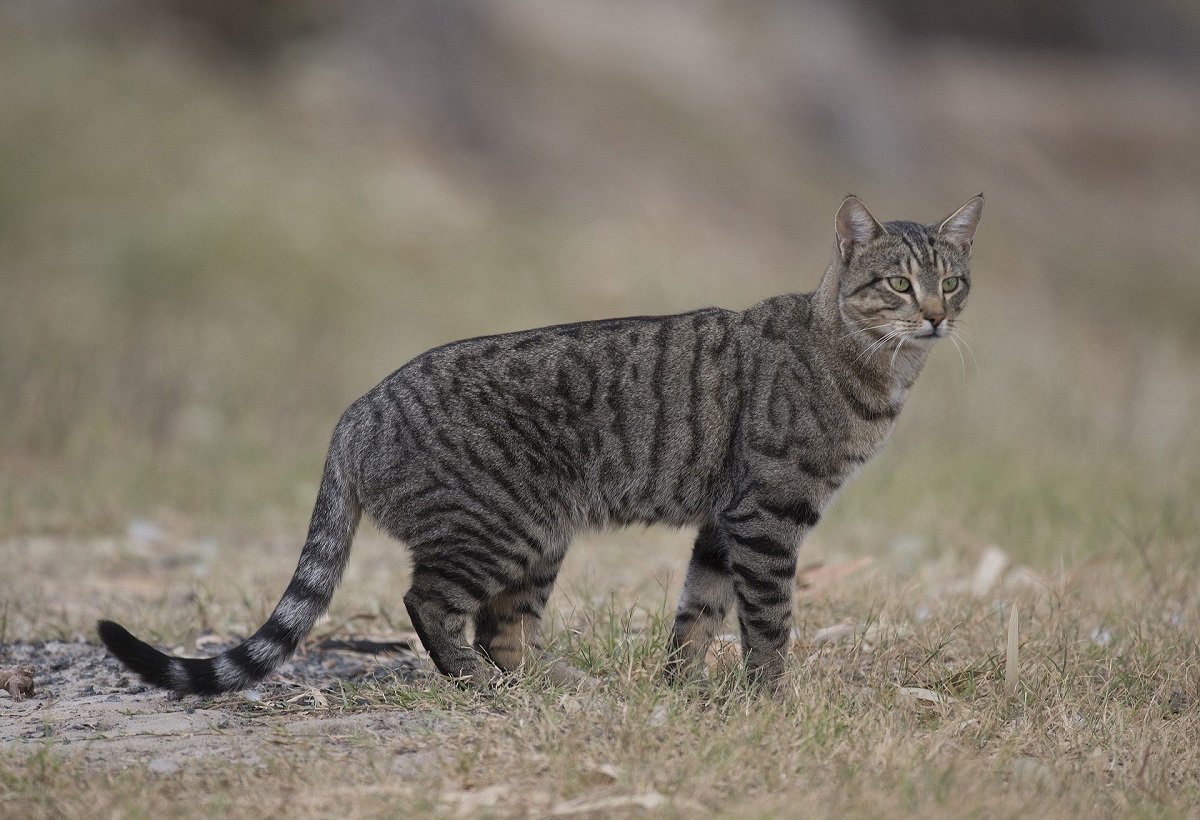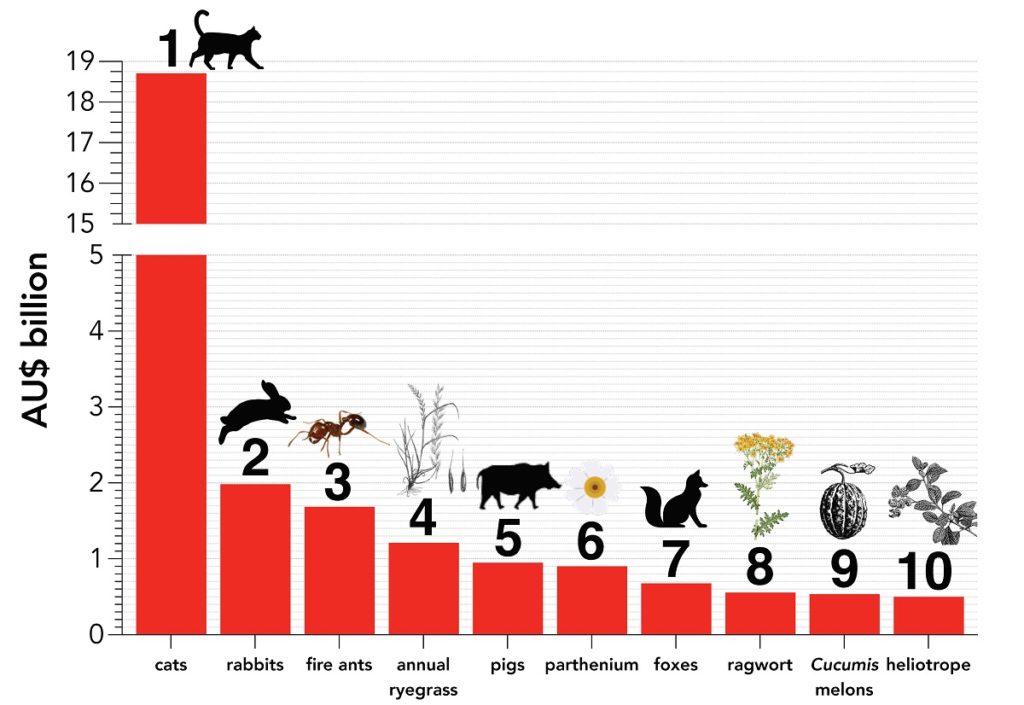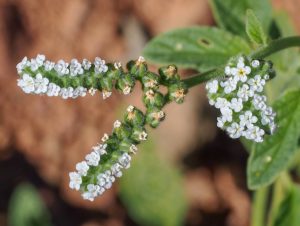
In just the last 60 years alone, deliberately or accidentally introduced invasive species have cost the Australian economy AUD$389.59 billion, a new analysis has revealed, with that number likely to rise unless better investments, reporting and coordinated interventions are introduced.
While feral cats are the single-most costly individual species, costs arising from the management of invasive plants proved the worst of all, costing US$151.68 billion, with ryegrass (Lolium rigidum), parthenium (Parthenium hysterophorus) and ragwort (Senecio jacobaea) the costliest culprits.
Invasive mammals and insects were the next biggest burdens, costing the country US$48.63 billion and US$11.95 billion respectively, with cats, European rabbits and red imported fire ants the three costliest species.
Published in the open-access journal NeoBiota, the study is one of 19 region-specific analyses released today looking at the cost of invasive species around the world.
As part of the research paper’s release, the study’s abstract has been translated into 24 languages including Pitjantjatjara, a language traditionally spoken by the Aṉangu of Central Australia, and one of the most widely spoken Indigenous languages in Australia.
Led by Professor Corey Bradshaw from Flinders University and the ARC Centre of Excellence for Australian Biodiversity and Heritage, the research team analysed data from InvaCost, a database developed to provide the most comprehensive and standardised compilation of invasion costs globally, combined with other Australian datasets covering invasive herbivore species, invasive plants, and other disease-causing agents.
The total cost was estimated at US$298.58 billion (AUD$389.59 billion), with over 90 percent of the costs classified as observed — that is, costs that were neither predicted nor extrapolated.

The analysis also looked at how much each state or territory had spent tackling invasive species. Aside from the costs not clearly attributed to a particular region, New South Wales had the highest costs, followed by Western Australia, and Victoria.
“This is the most detailed analysis to date,” says lead researcher Professor Corey Bradshaw, Matthew Flinders Professor of Global Ecology at Flinders University.
“Australia has a long history of invasive species, and their impact is far-reaching, not only for our native animals and the environment but across our agricultural and health sectors as well.”
Co-author Dr Andrew Hoskins from Australia’s national science agency, CSIRO, said it was important to understand the full breadth of the problem, to help prioritise future research and inform policy decisions.
“We captured species not previously detailed in any other nation-wide study of the economic burden of invasives, providing us with the most up-to-date picture of the cost of such species to our country.
“This research shows that invasive species are causing serious and growing harm to our ecological, agricultural, and economic systems,” says Dr Hoskins.
The analysis also considered the estimated costs of five native species groups, as they are often deemed “pest” species due to their overabundance and tendency to damage crops, livestock, or farmland.
Together kangaroos, koalas and wombats only accounted for between 2.4 to 3 percent of the costs – with kangaroos alone almost completely responsible for those costs.
The researchers say as the world becomes more interconnected, invasive species will only continue to increase their range and impacts across the planet.

“As our analysis shows, the large and ever-increasing costs of invasive species to Australia’s economy are substantial and also likely to be underestimated,” says Professor Bradshaw.
“We can reasonably assume that without better investment and coordinated interventions, including animal culls, Australia will continue to lose billions of dollars on invasive species over the coming decades.”
“And we aren’t just losing money, for there are many other types of economically intangible costs arising from invasive species that we have yet to measure adequately across Australia, such as the true extent of ecological damage, loss of cultural values and the erosion of ecosystem services, that is the many human benefits we draw from the environment, such as food and water.”
The research was conducted in partnership with South Australia’s Department of Primary Industries and Regions (PIRSA) and the University of Adelaide.
International partners included Senckenberg Research Institute and Natural History Museum Frankfurt (Germany), University of South Bohemia (Czech Republic), GEOMAR Helmholtz-Zentrum für Ozeanforschung Kiel (Germany), University Belfast, (Northern Ireland, UK), Université Paris-Saclay (France), Sorbonne Université (France), Université de Caen Normandie (France) and Université des Antilles (France).
“Detailed assessment of the reported economic costs of invasive species in Australia” has been published in the journal NeoBiota (DOI: 10.3897/neobiota.67.58834).
Professor Bradshaw and Dr Hoskins have also published an article in The Conversation about the research: click here to read.

